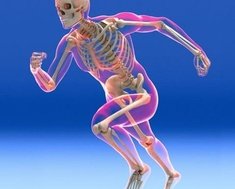Featured Quizzes
User Quizzes
Create Quiz
Data and Charts
Badges and Games
About JetPunk
JetPunk Shop
Dark Mode

General Medicine: Skeletal system
How well do you know the skeletal system?
https://my.clevelandclinic.org/health/body/21048-skeletal-system
https://www.betterhealth.vic.gov.au/health/conditionsandtreatments/bones
https://www.visiblebody.com/learn/skeleton/types-of-bones
Rate:
Last updated: January 8, 2024
You have not attempted this quiz yet.
More quiz info >>
| First submitted | January 8, 2024 |
| Times taken | 14 |
| Average score | 46.7% | Report this quiz | Report |
10:00
Enter answer here
0
/ 30 guessed
Time Used
00:00
Best Time
00:00
The quiz is paused. You have remaining.
Scoring
You scored / = %
This beats or equals
% of test takers
also scored 100%
The average score is
Your high score is
Your fastest time is
Keep scrolling down for answers and more stats ...
|
||||||||||||||||||||||||||||||||||||||||||||||||||||||||||||
Comments
No comments yet
New and Popular
Save Your Progress
Medicine
Quiz series by Jakovlev
...
Copyright H Brothers Inc, 2008–2024
Contact Us | Go To Top | View Mobile Site
